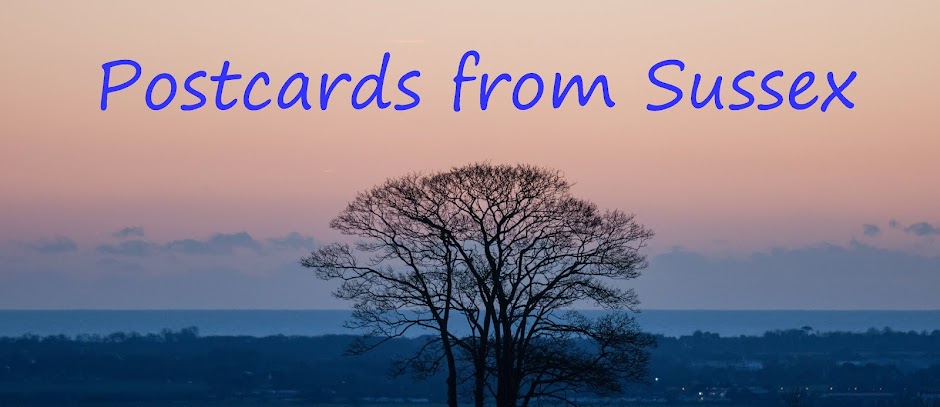After six days in the Norfolk Broads with Swallowtails and other butterflies, I wondered what I would see on Neil Hulme’s Oaken Wood tour yesterday. Thirty people were not disappointed on this promised hottest day of the year. It was a relief to be walking along woodland paths that were sometimes shaded, especially later in the day. Although the Purple Emperor was not about yet, we had an abundance of butterflies, the most surprising being over a dozen Wood Whites, including a mating pair.
Silver-washed Fritillaries and White Admirals were everywhere, though few settled. The large fritillary was my main memory of the day as they flashed past us all day, a large bright orange shape that was easy to follow though difficult to photograph. Both the Admirals and Fritillaries had enough of the heat by ealry afternoon and were seeking shelter and starting to settle.
The little stream under the path was a settling place for the Fritillaries and a Comma.
White admirals
Meadow Browns were mating and and we also saw many Large Skippers,and Ringlets, some Common Blues and Speckled Woods and a Purple Hairstreak.
Large Skipper
Purple Hairstreak
Ringlet
Hunters in the technology age
A few of us stayed on after lunch but left in time to listen to the first half of the fateful England-Germany match on the car radio. I watched the second half at home, not a pretty sight with a blind ref and an English defence that was in disarray. No doubt we will kid ourselves again in four years time...
Orchids
Thrush bashing snail on stone


























































